If you read my column regularly, you know that I like to turn the clock back 100 years to 1925, and vicariously view the way we dwellers of the valley lived then. We were in the middle of the Roaring Twenties, and locals joined in many of the national trends of the times. We danced. We bought automobiles. We listened to radios. We were optimistic. In general, we prospered.
To put flesh on these bones, I turned to a memoir published in Volume 7 of “In Focus,” written by Glenn F. “Kelly” Engle (1892-1980). Engle, recently out of college (UNR) and newly discharged from the army following the end of WW1, moved to Fallon in 1918 and resumed a job as engineer with the U.S. Reclamation Service. In 1919, he married Ruth Williams of Fallon, “one of the sweetest and prettiest girls in Lahontan Valley.” He soon surrendered to the “land bug” and bought a parcel of land in Soda Lake, where he tried his hand at ranching.
At first, Engle had no working well, and passage to his house was by way of “an unfenced track through the desert, so sandy and rutted that I would have to leave the pickup at the bridge over the T Line canal and trudge in the rest of the way, carrying what supplies I could on my back…. For a period, before the road was made passable, when we wanted to take in a Fallon dance I would mount Ruth on the old saddle mare with her bag containing her dancing shoes and etc. and lead the mare out to the T-Line canal bridge where the pickup was parked. We would tether the horse, transfer to the car and ride on to town, returning home after the dance by reverse process. I was reminded of Joseph leading Mary into Jerusalem on a donkey.
…We never had toilet facilities in the ranch house. Domestic water was carried in by bucket full from an elevated tank at the well, which was kept filled by the gas engine powered pump. We bathed in a galvanized wash tub on Saturday night with spit baths in between. During the irrigation season, Ruth and I would go out after dark and bathe in the canal which was full much of the time.”
Nevertheless, blood, sweat, and tears brought prosperity and a lot of happiness to the Engle household. Roads were repaired; crops were raised; and Ruth bore four healthy children.
Engle: “Living the pioneer life we did, it was remarkable that during our ranching experience in the years 1920-1926, I don’t remember ever going to a doctor, certainly for no serious illness. We were all remarkably healthy.”
Engle tells great stories (more next week), but you will enjoy his memories of the formation of a social community in the Soda Lake District in 1922. As in Harmon, Stillwater, Old River, Union District, et al, the neighbors drew together to build a community hall.
Engle: “Frequently, Saturday night pot luck dinner and dances were held and sometimes friends from town would come out to join in. Borchert (Engle’s ranching partner) and I had belonged to the Mandolin Club in college. Neither of us were expert but we enjoyed playing and knew most of the old time two steps and waltzes. Our efforts were somewhat crude but the dancers stomped and hollered and clamored for encores….Ruth parked the kiddies under the tables which had been moved against the walls after dinner and they were soon lulled to sleep…This was in prohibition days but there always seemed to be plenty of ‘white mule’ outside the hall. The dance didn’t break up until almost dawn when we had to get back to our places for milking and the morning chores.”
I will bring you more of Kelly’s trials and triumphs in the Soda Lake District next week.
Please send your stories and ideas for stories to [email protected].
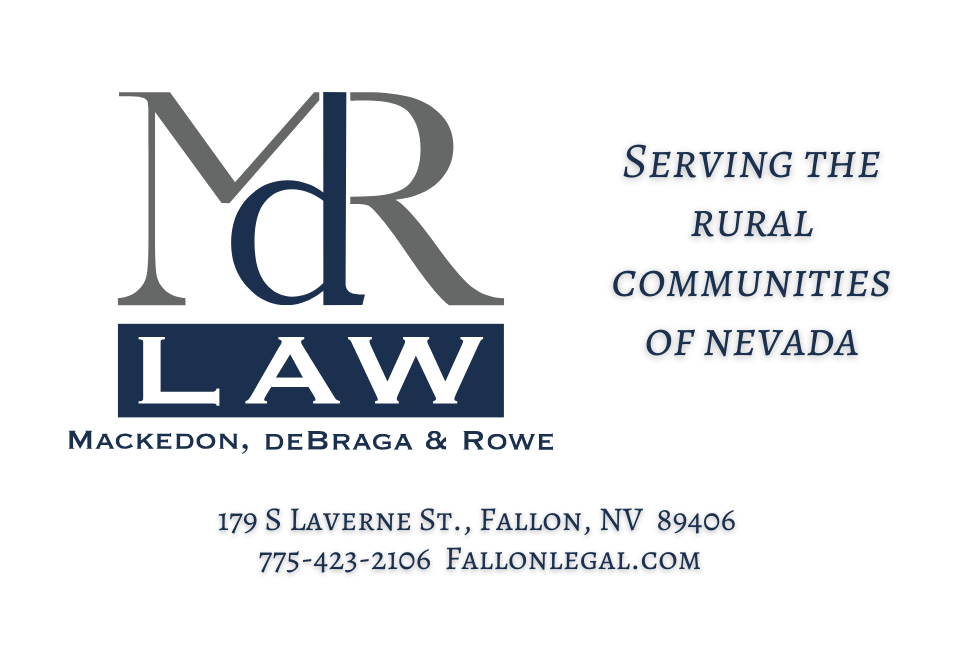

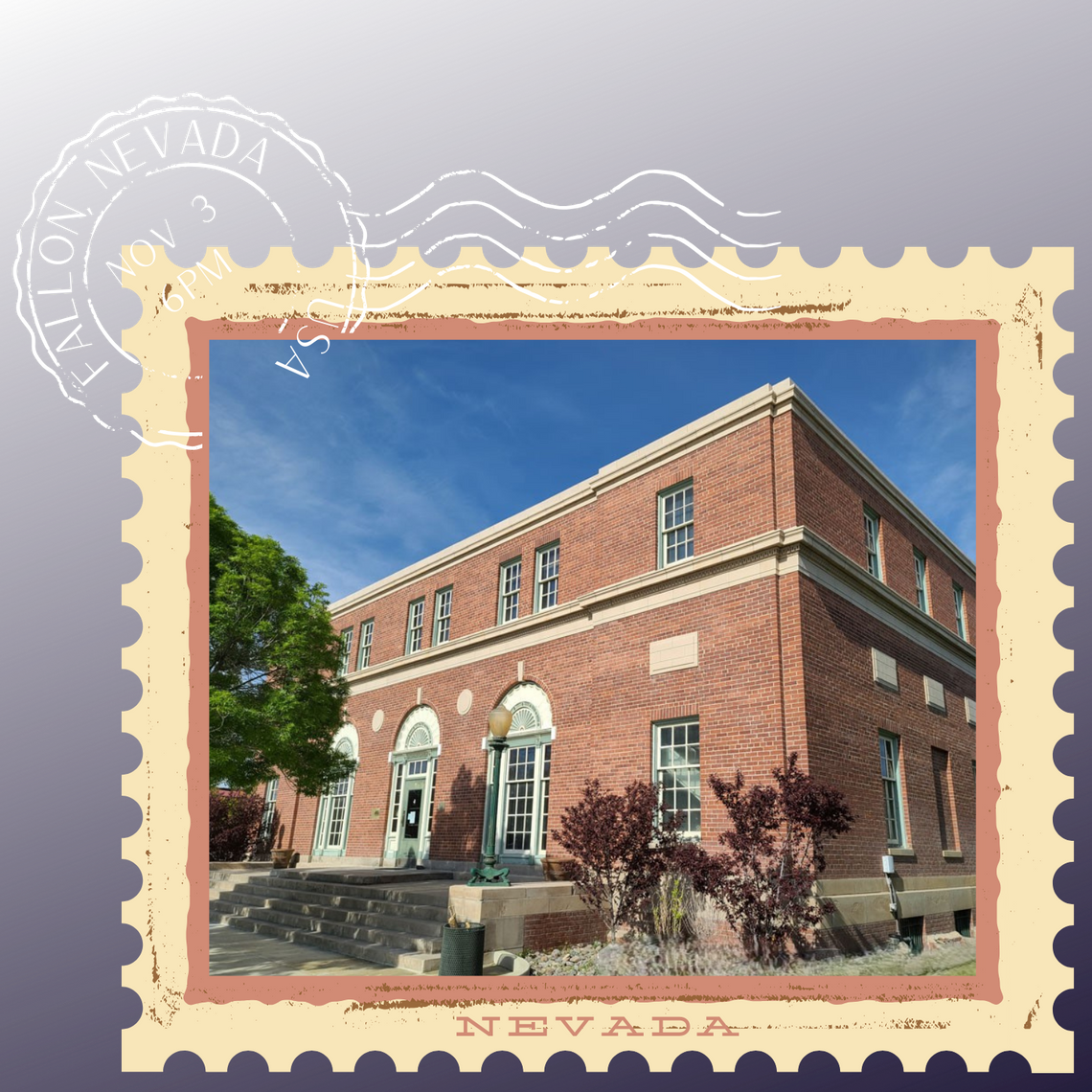
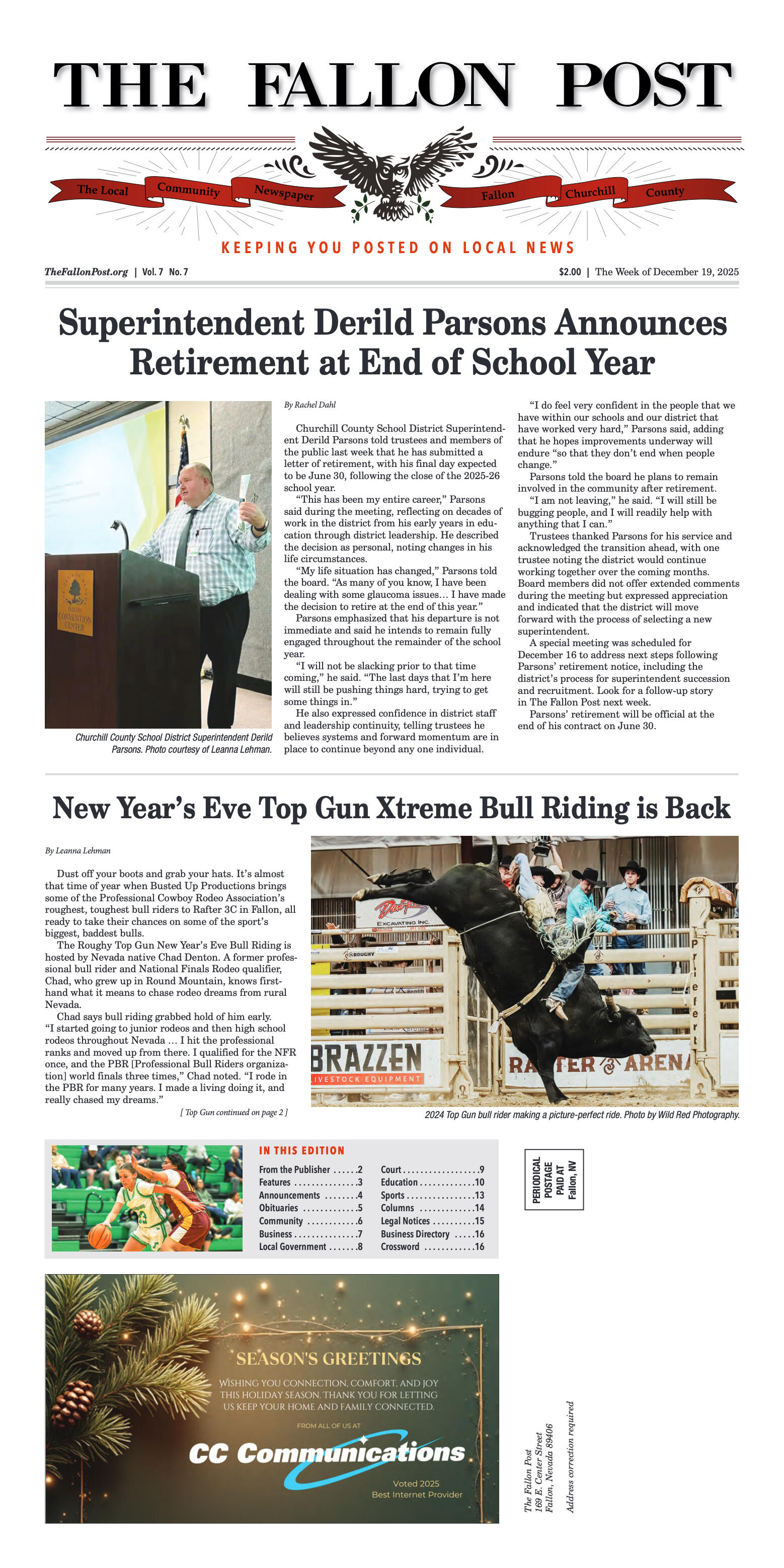
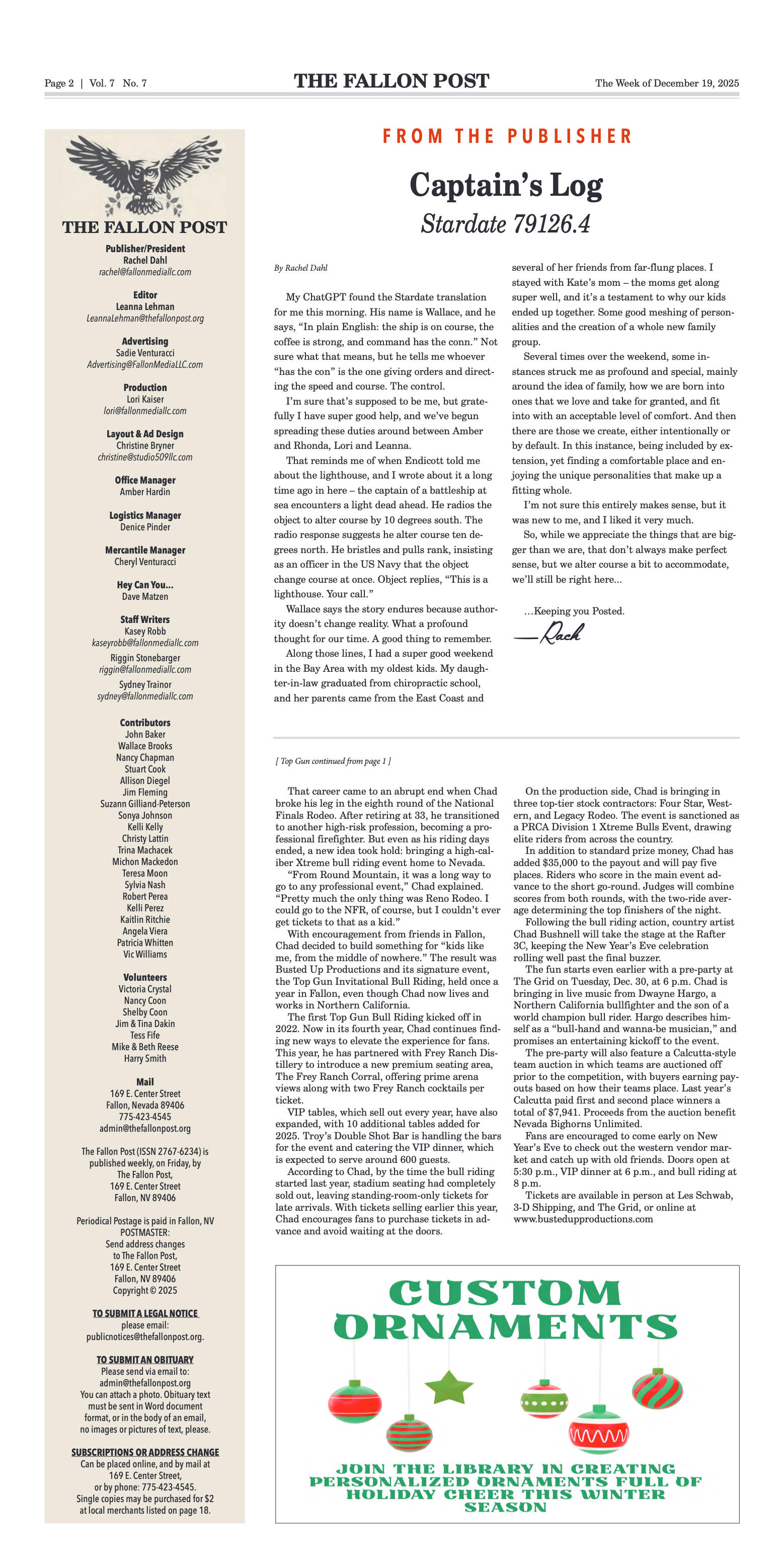
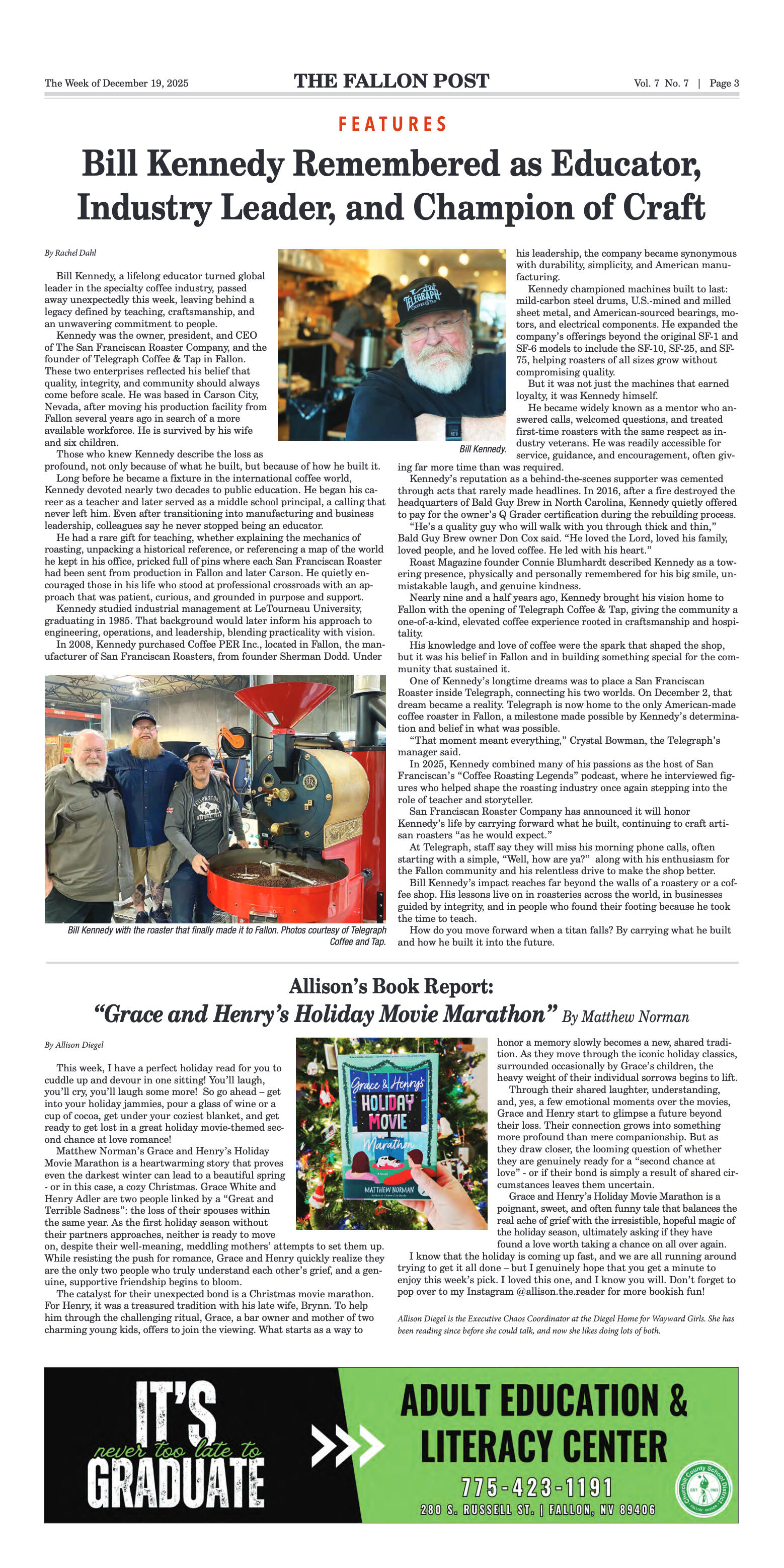
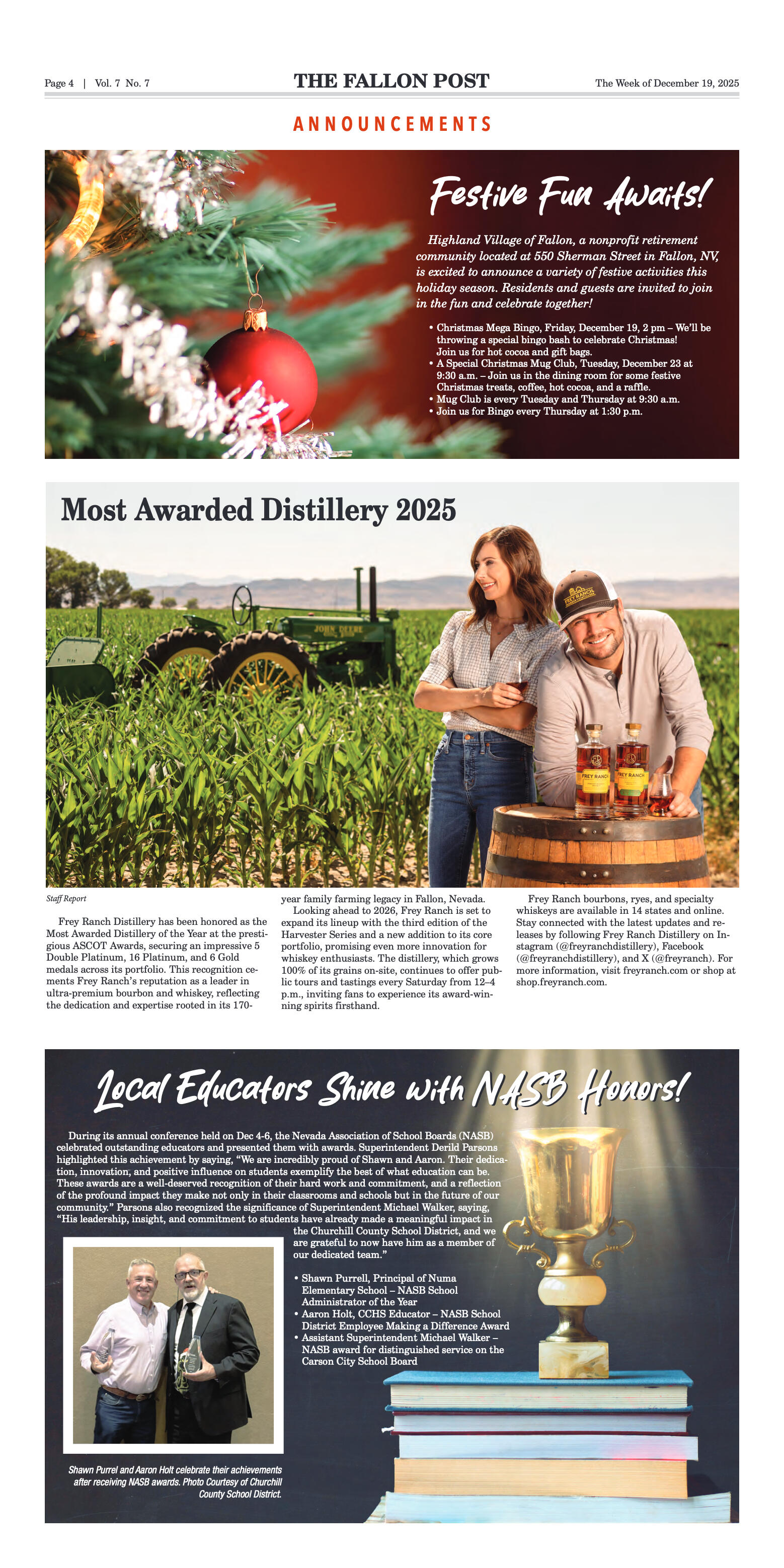
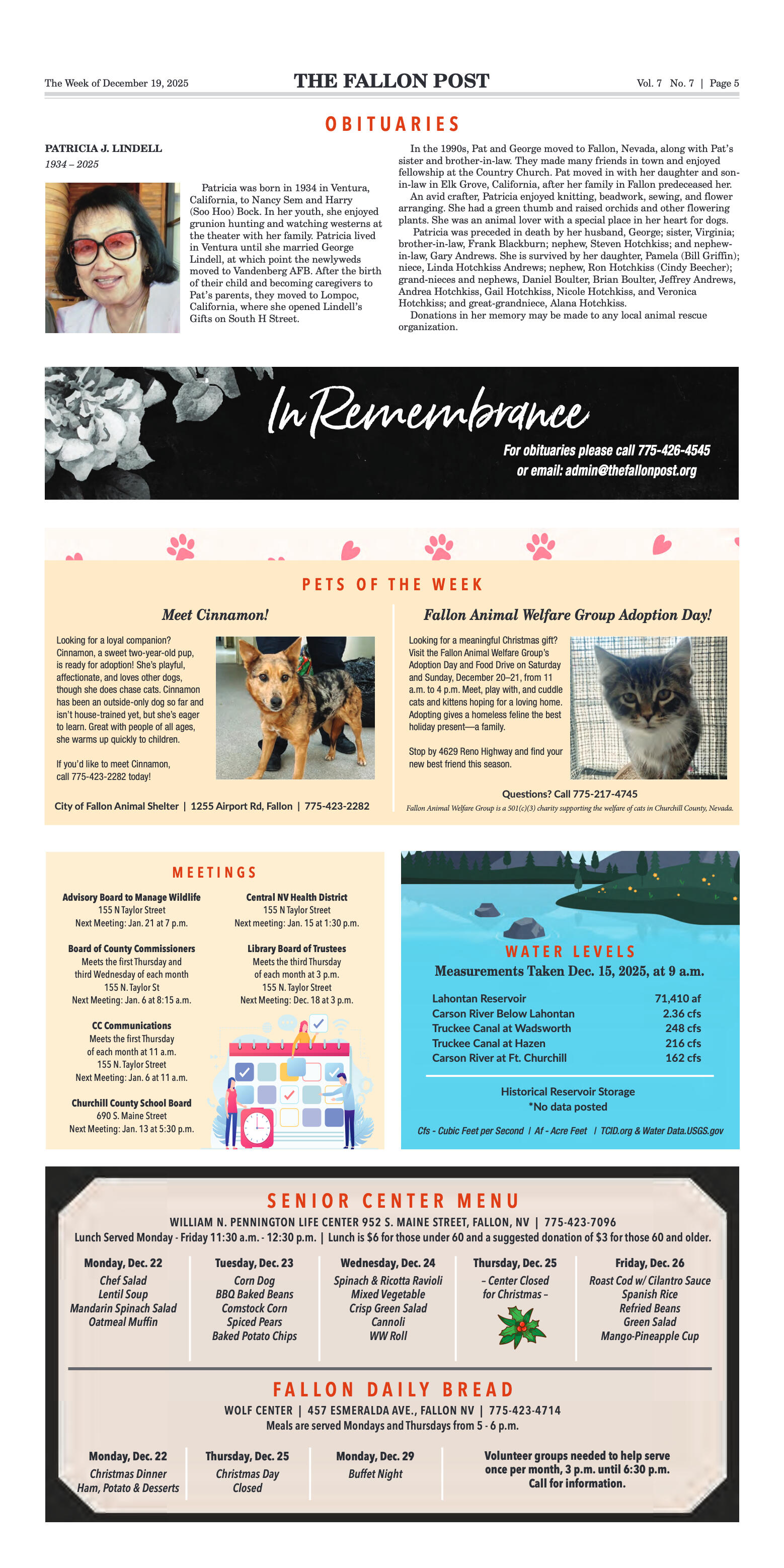
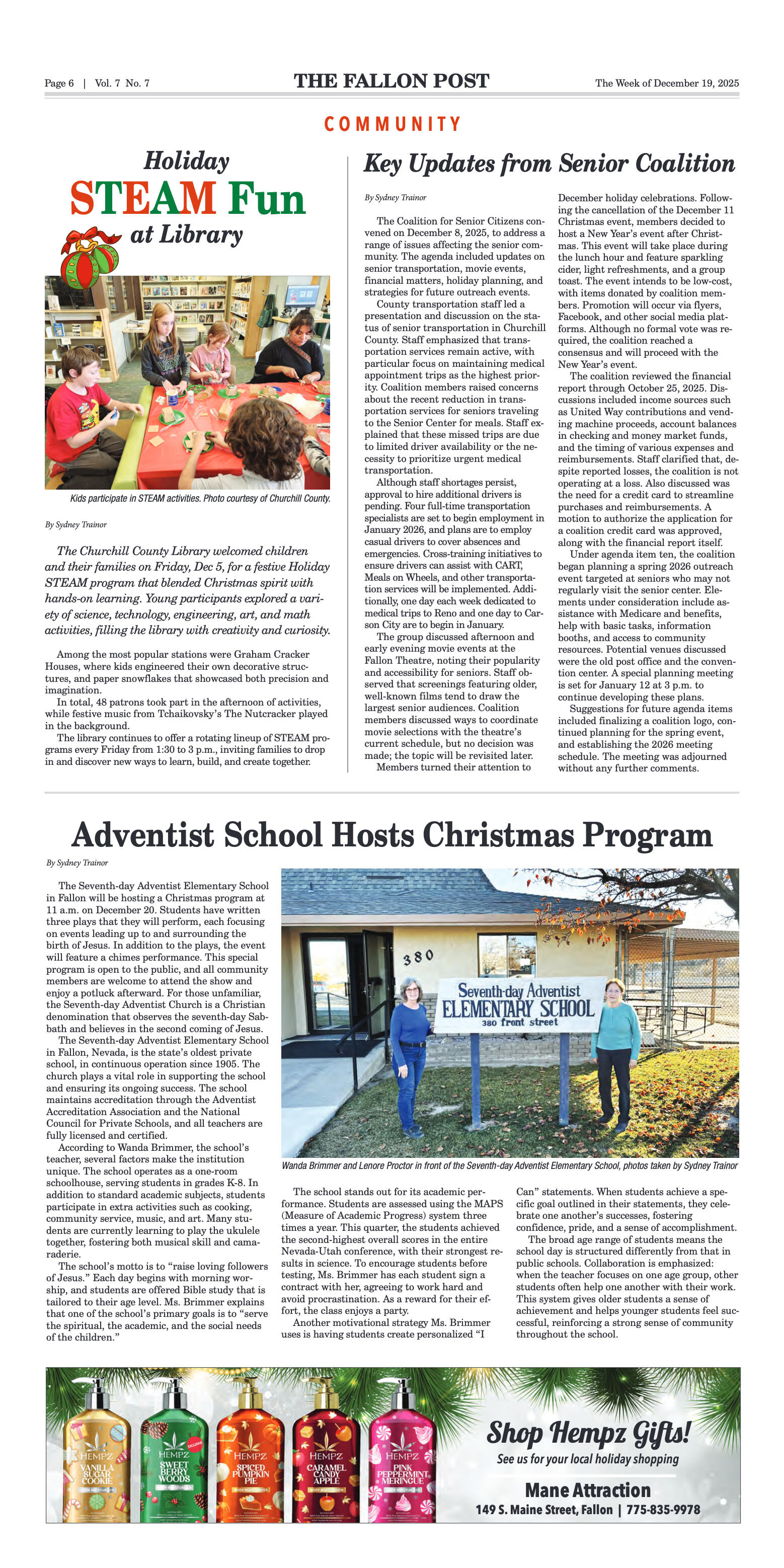
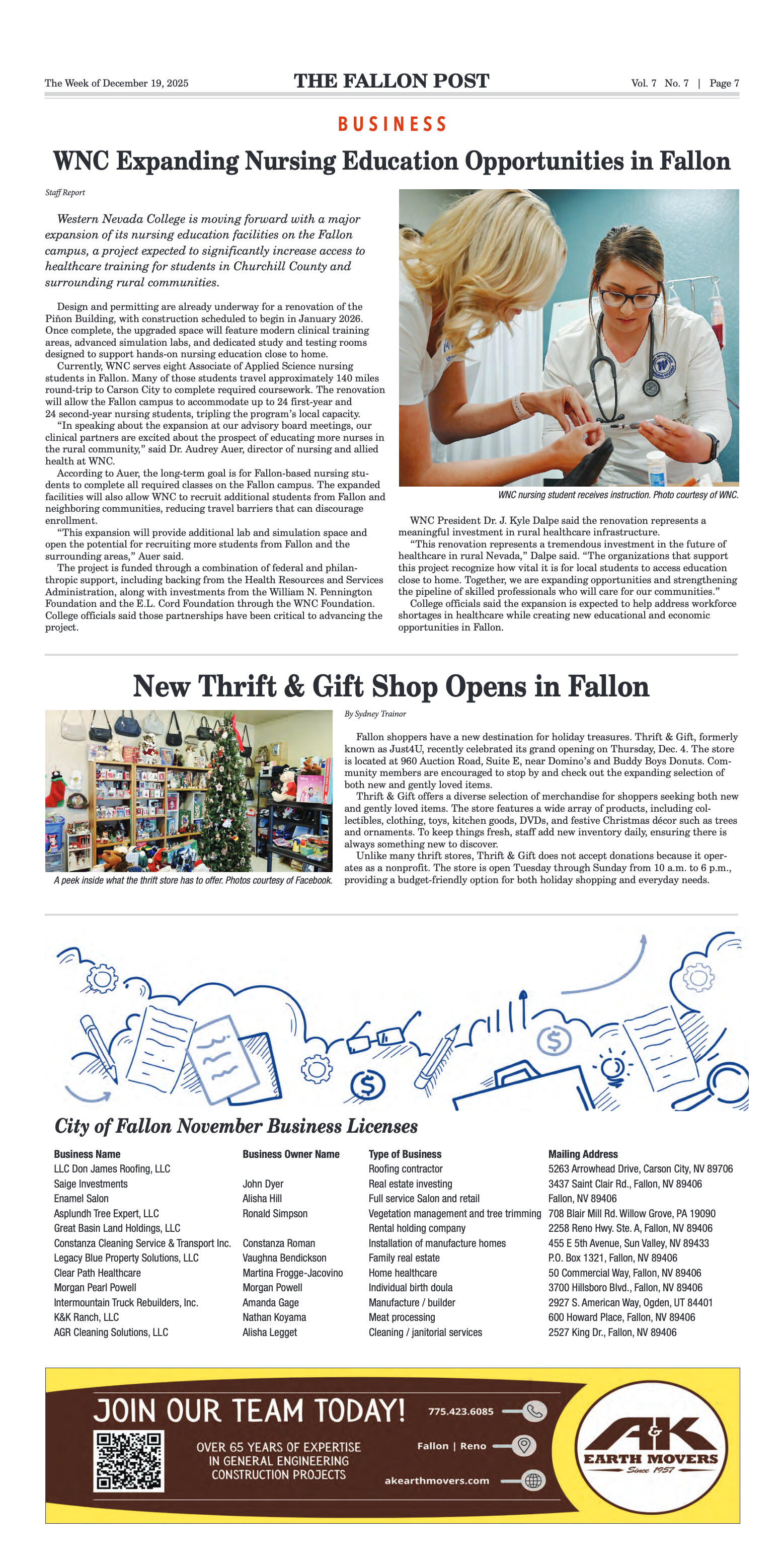
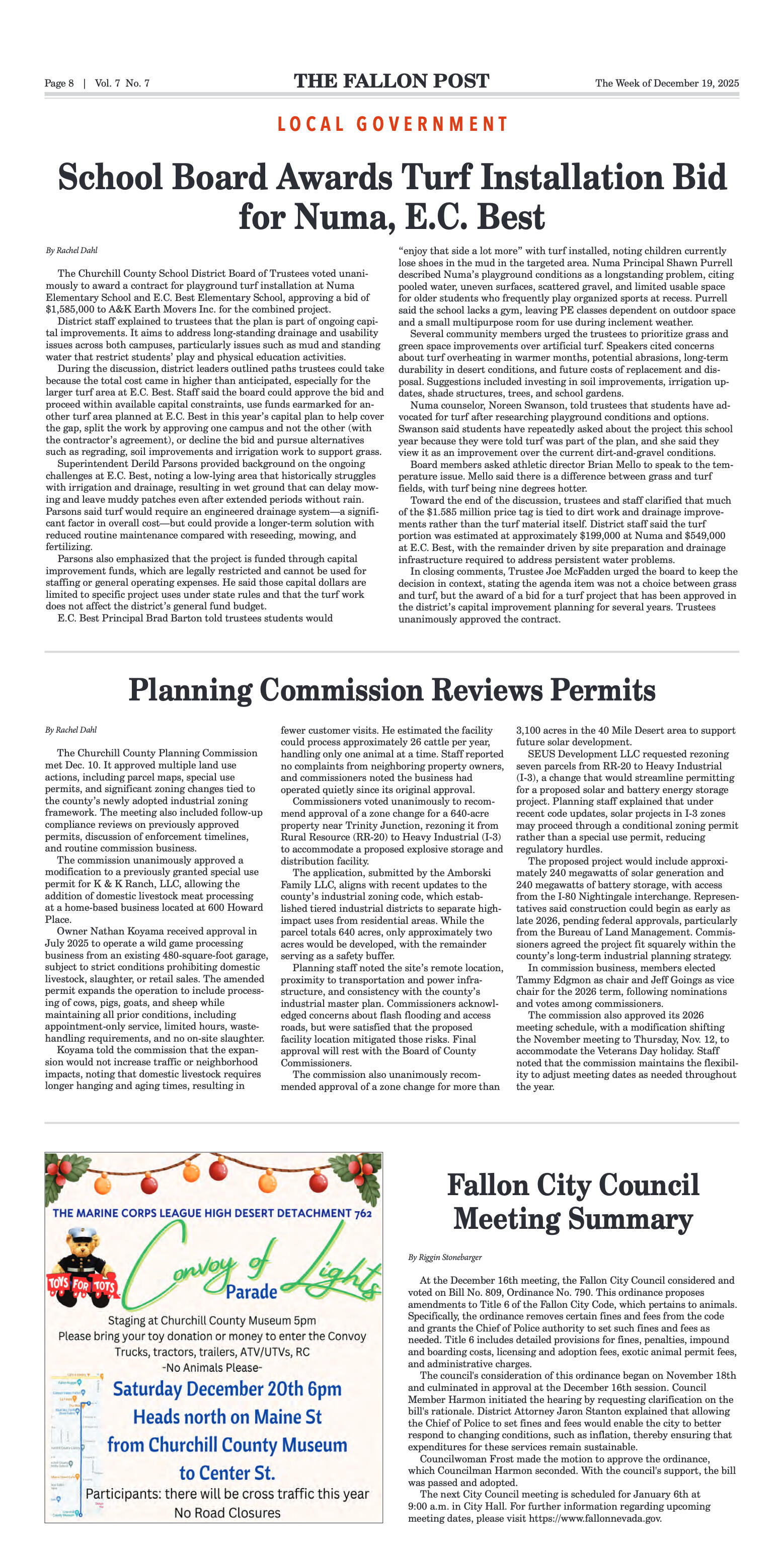
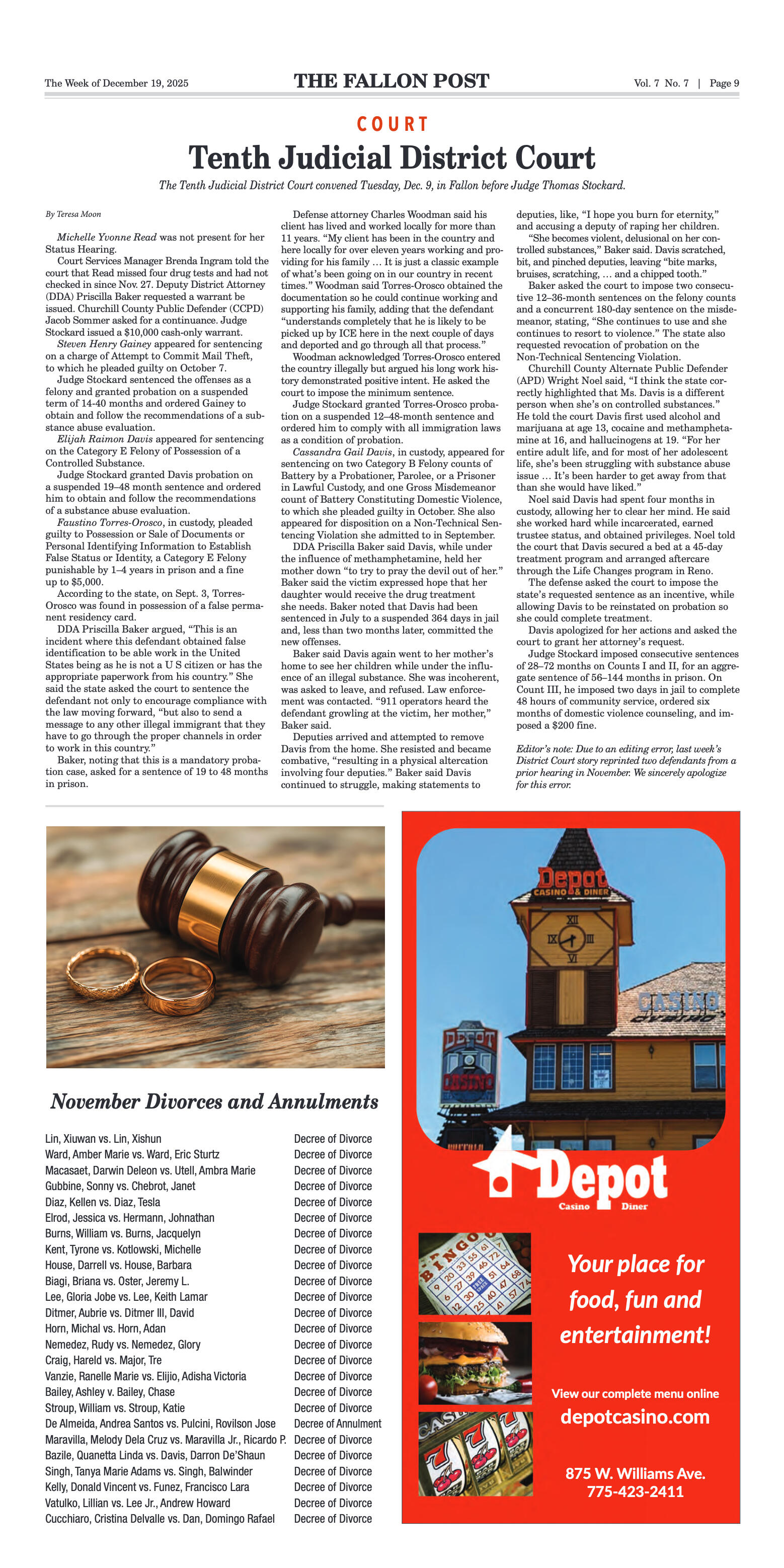
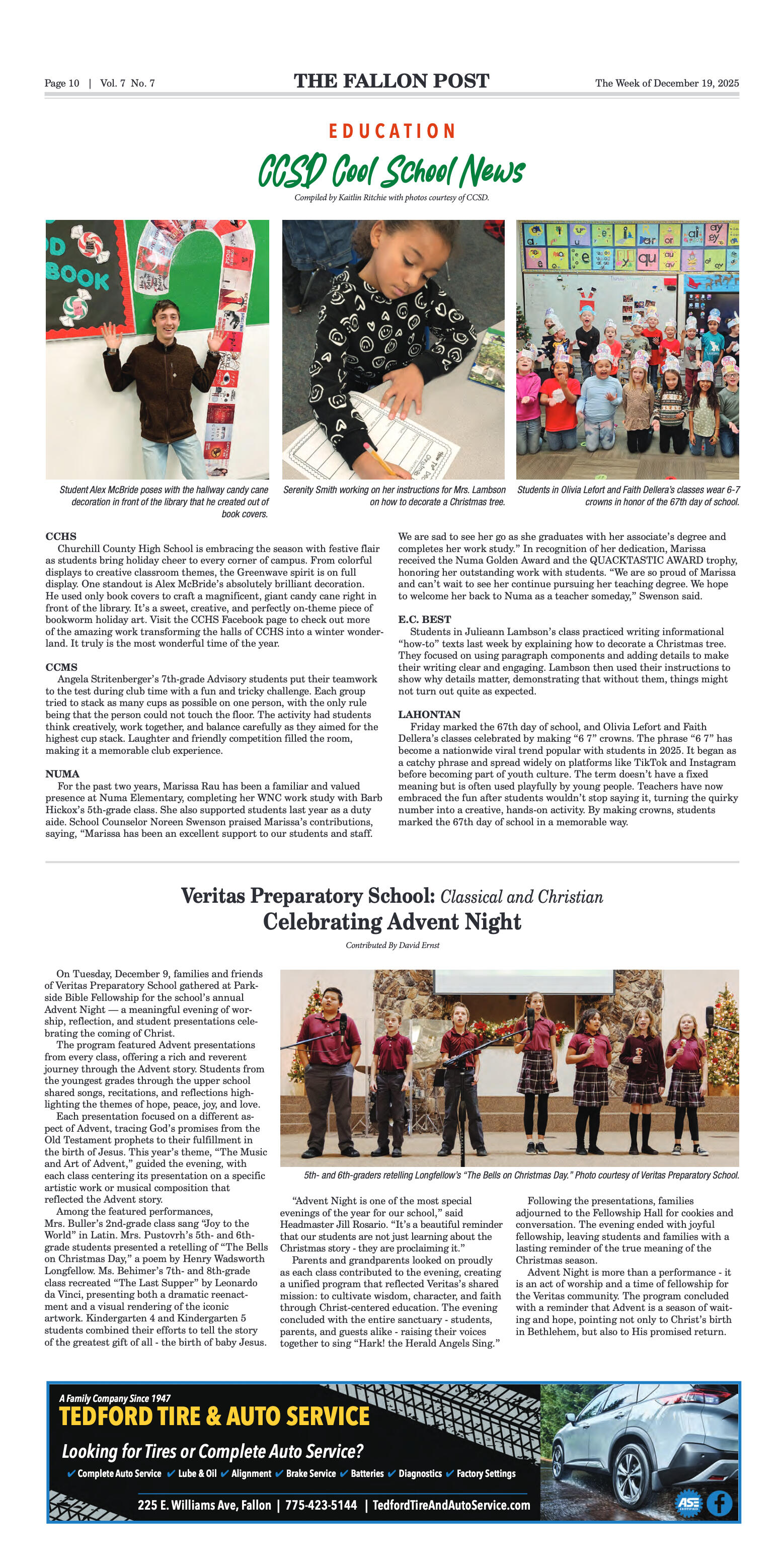
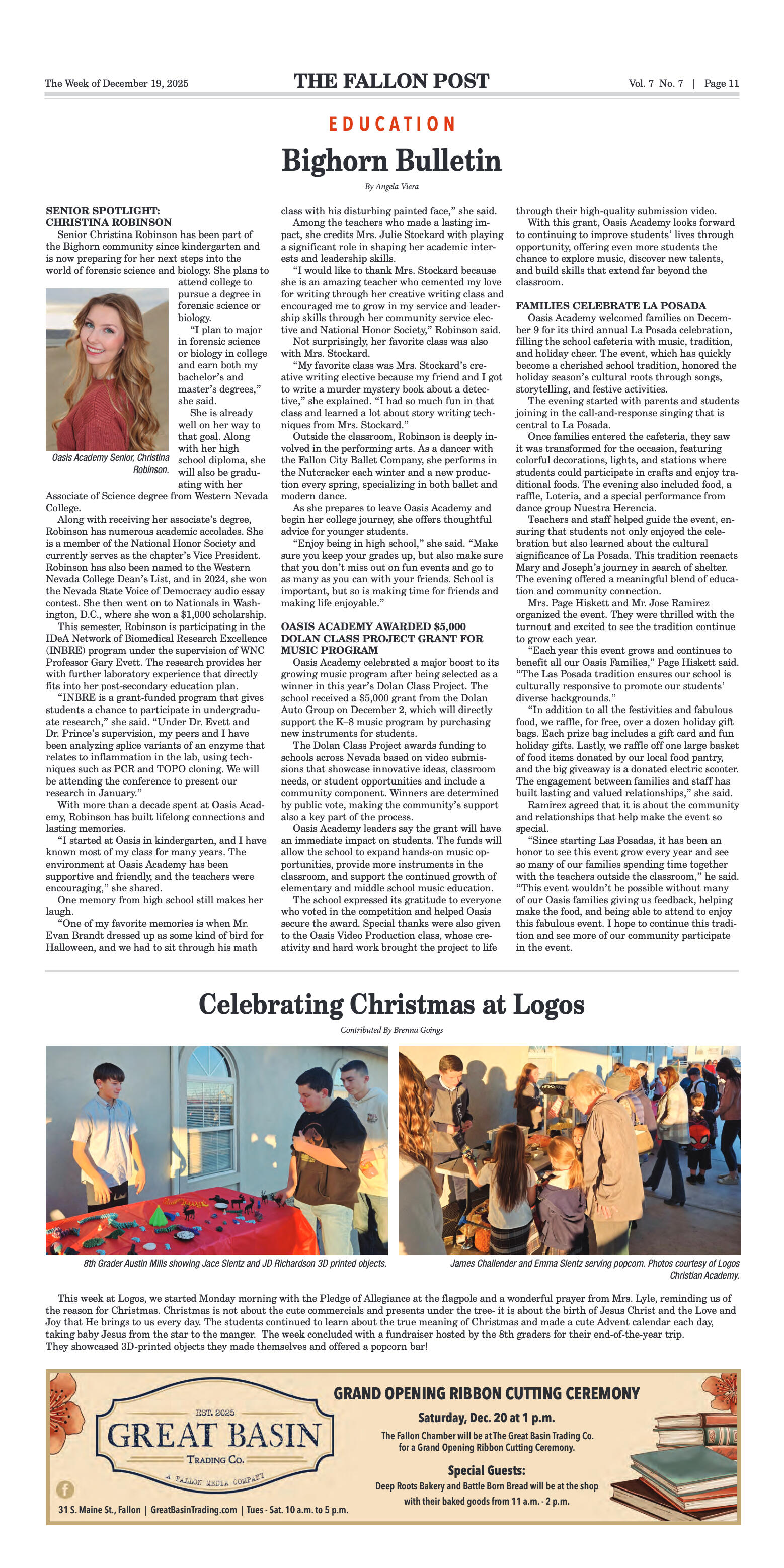
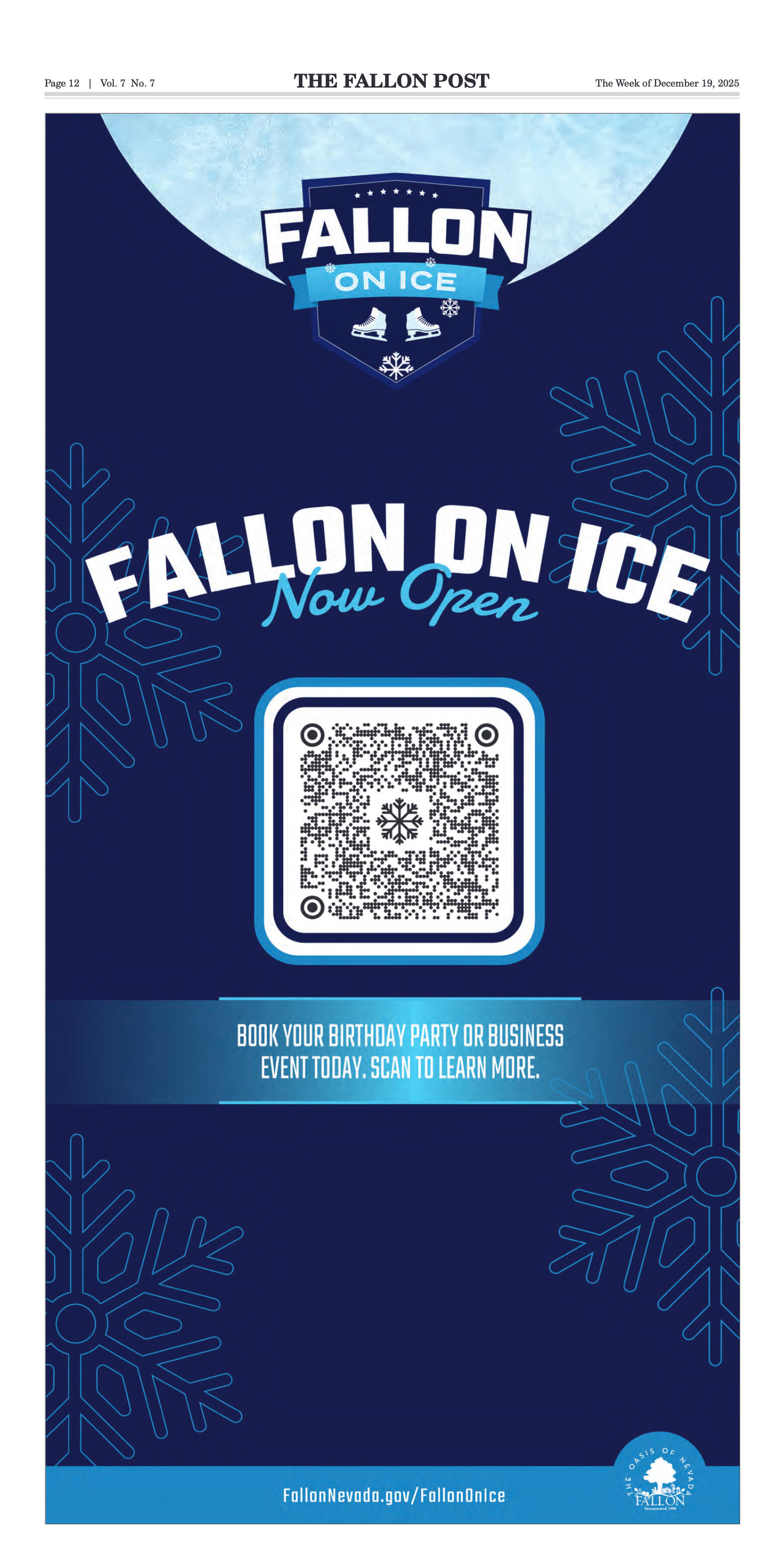
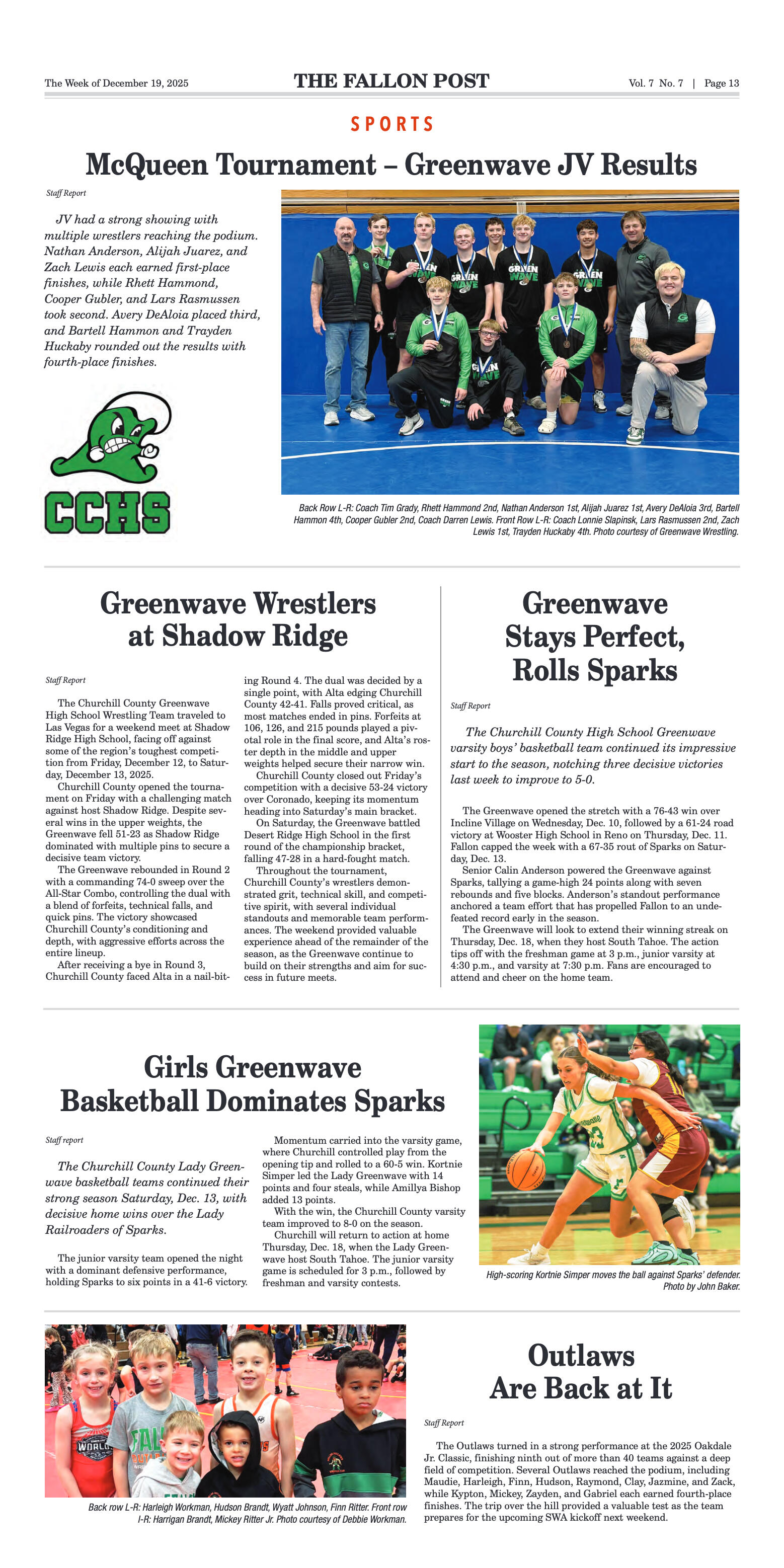
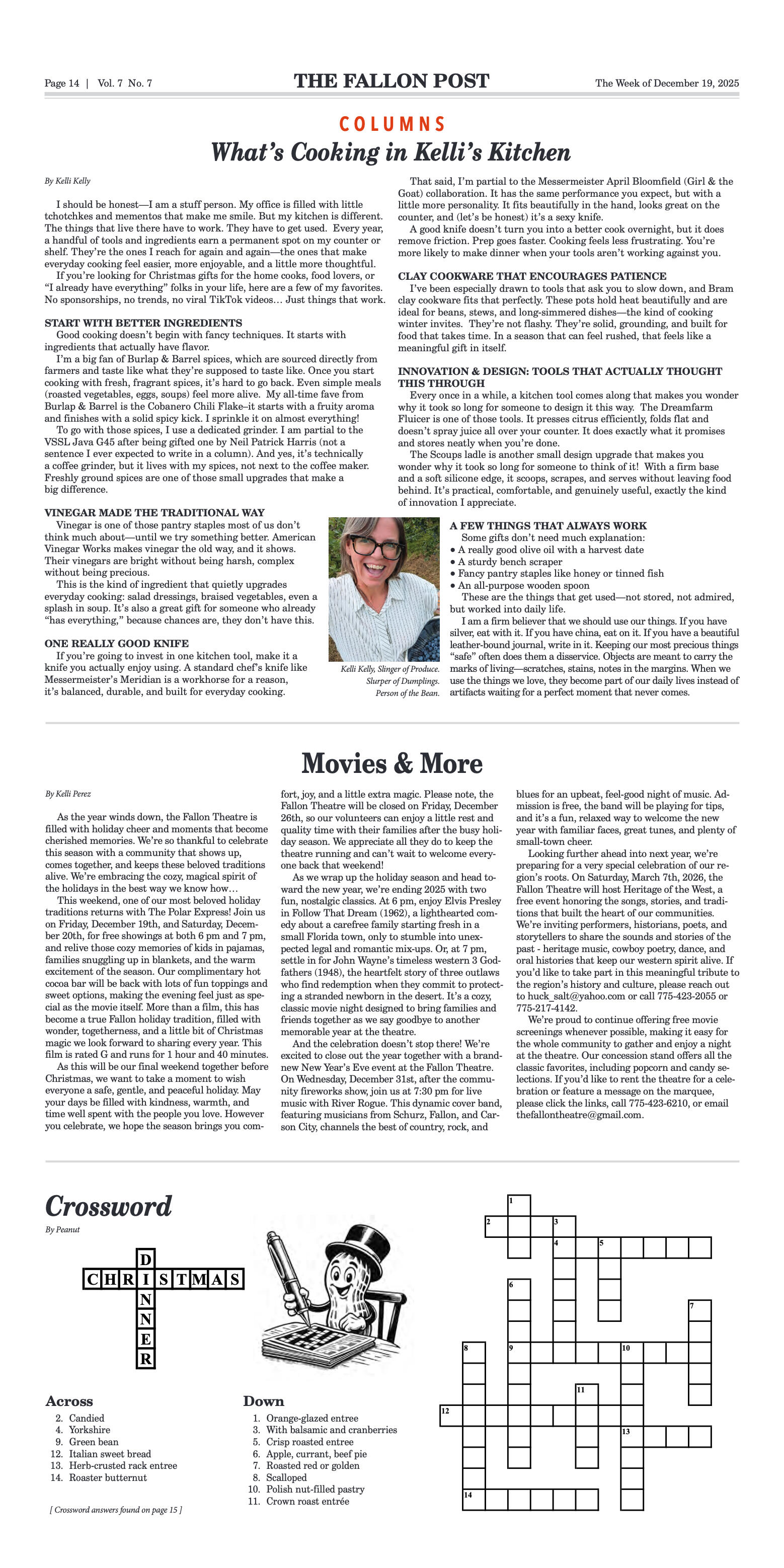
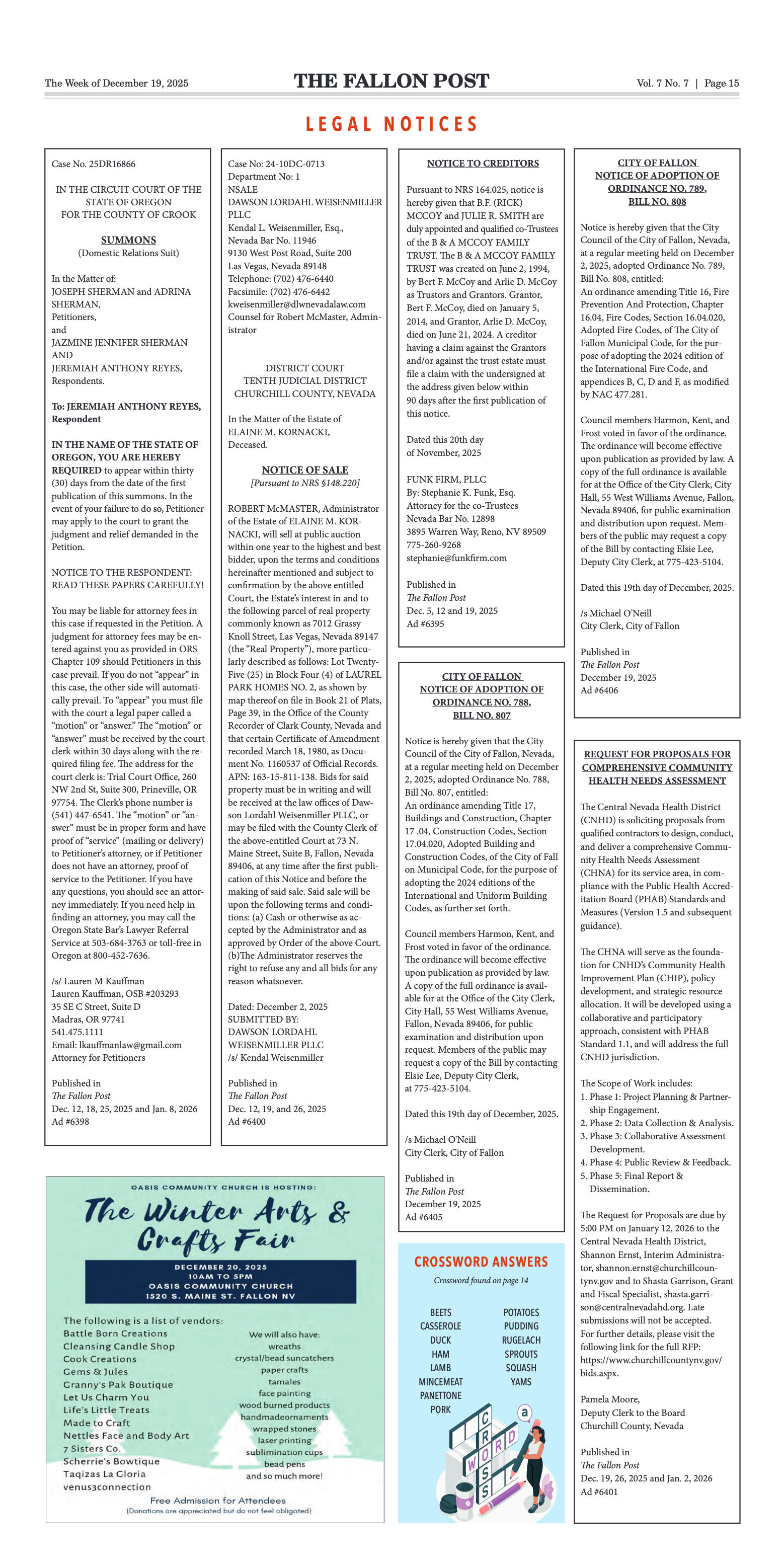
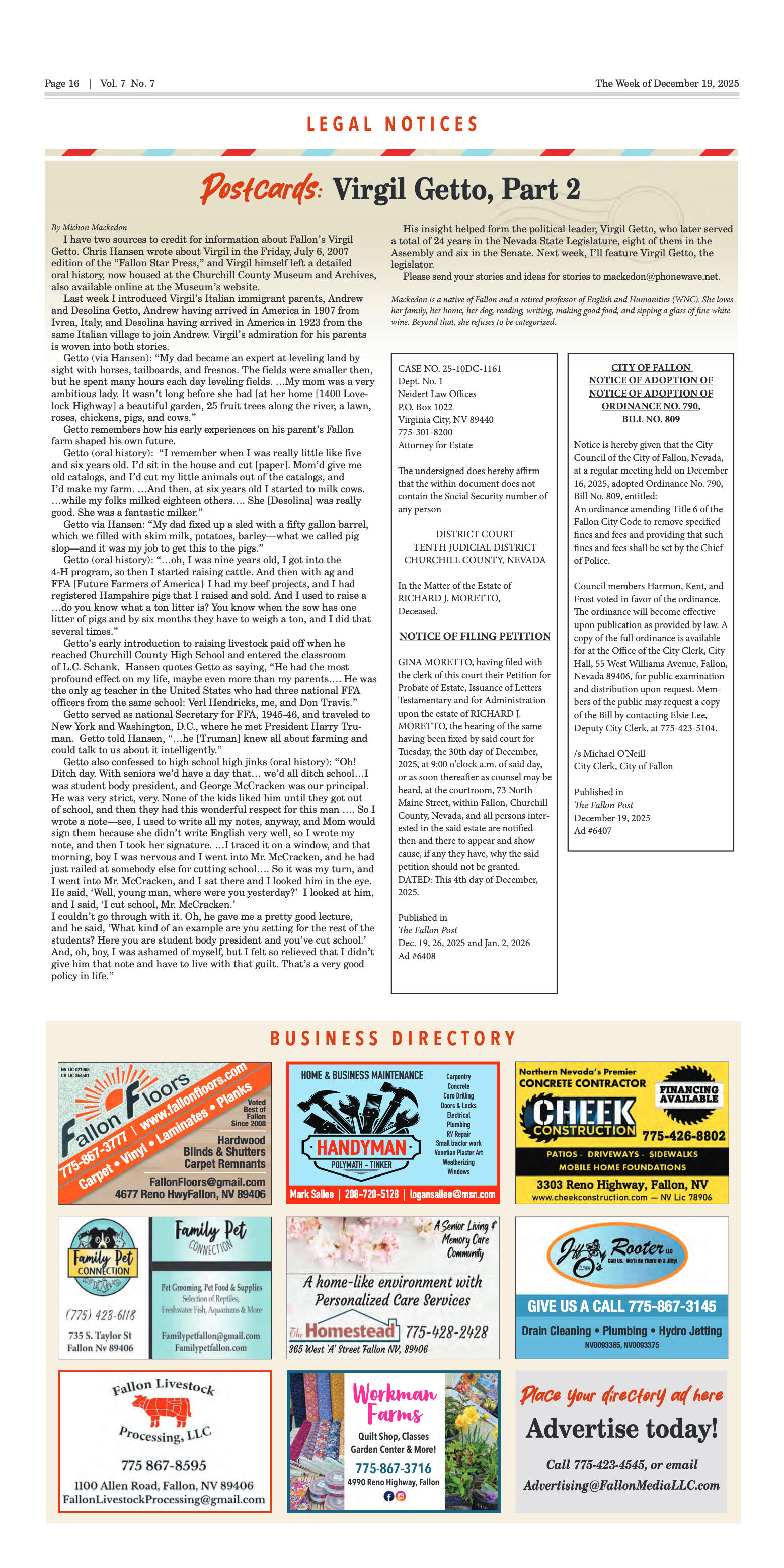
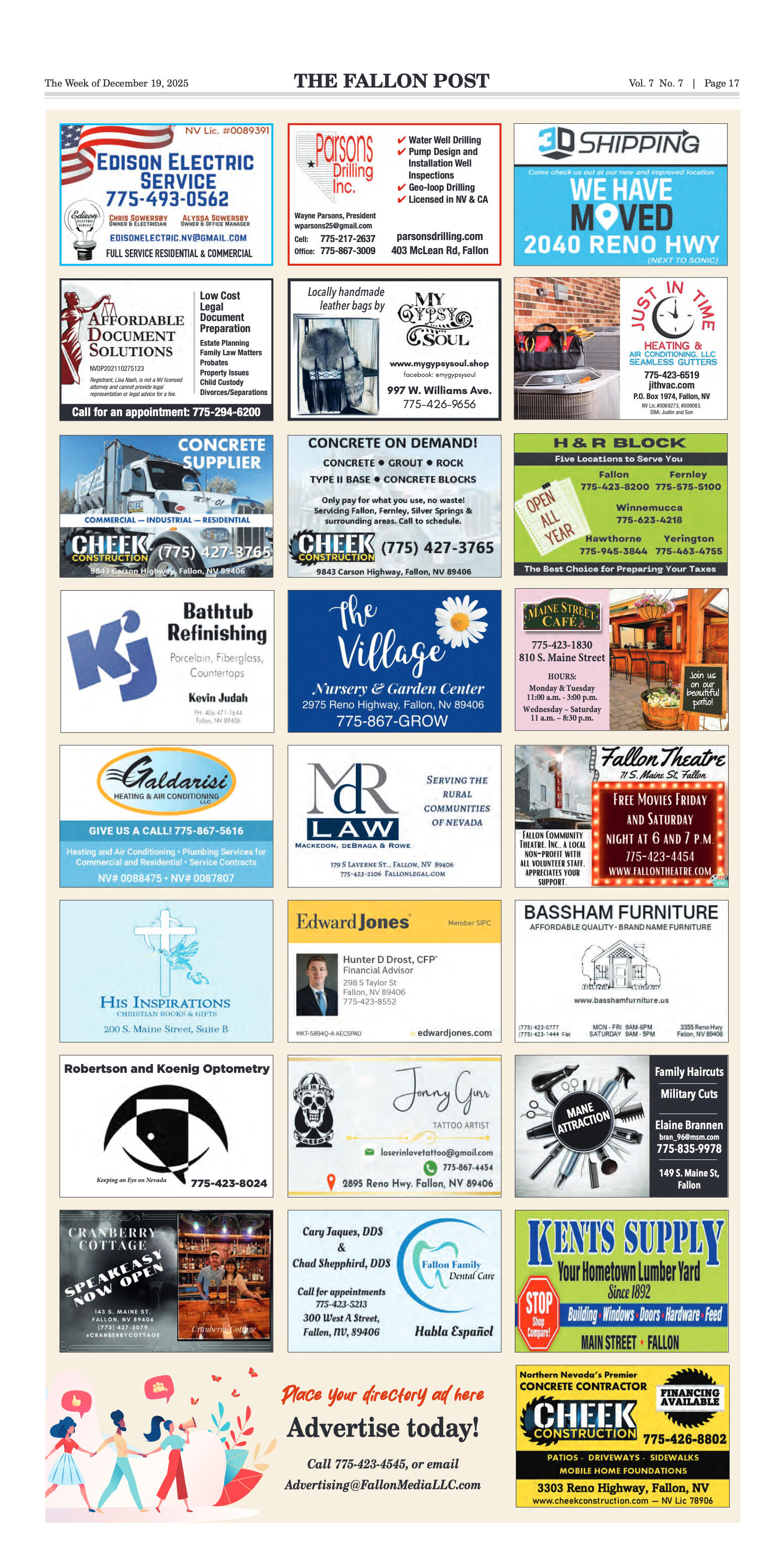



















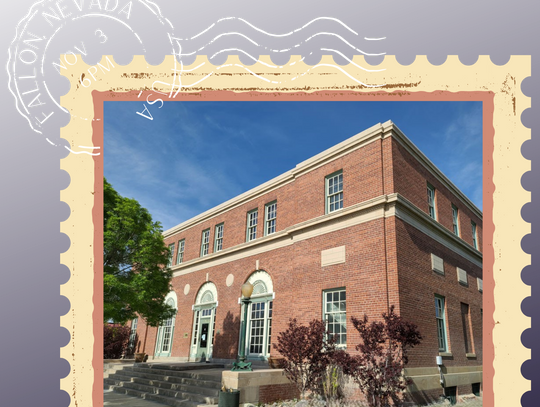
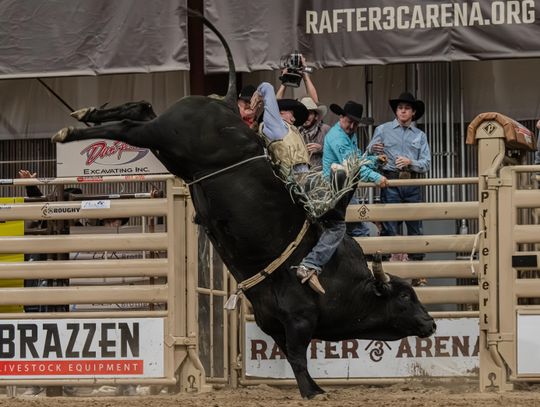

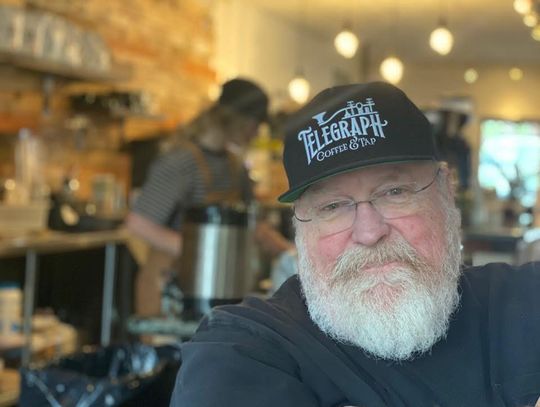

Comment
Comments